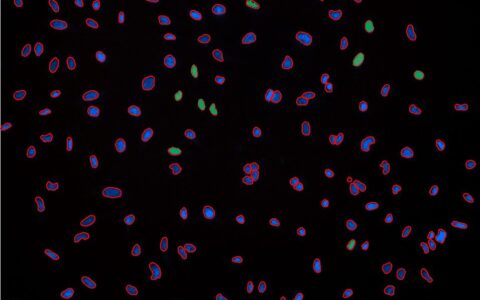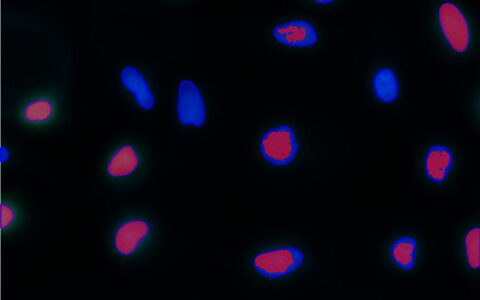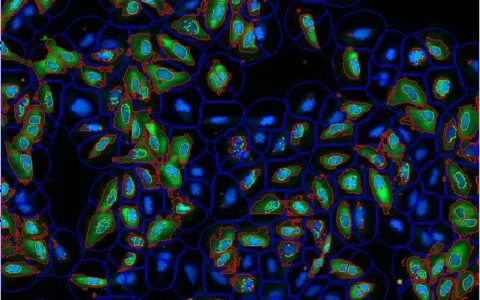Cell Transfection (Label-Free)
Transfection is a powerful method for introducing foreign nucleic acids into eukaryotic cells, facilitating applications in cellular research, disease mechanisms, and gene therapy (Chong et al., 2021). Stable transfection integrates genetic material into the host genome, while transient transfection allows temporary expression without integration. Measuring transfection efficiency—the proportion of successfully transfected cells—is often a key step.
Fluorescent proteins like GFP are commonly used to identify transfected cells. The Image-Pro Cell Transfection (Label-Free) protocol simplifies this analysis by leveraging deep learning to analyze unlabeled cells, such as those in phase contrast or DIC images. It efficiently handles complex datasets, including multi-well plates, with minimal image analysis expertise.
Techniques: Brightfield
How it works
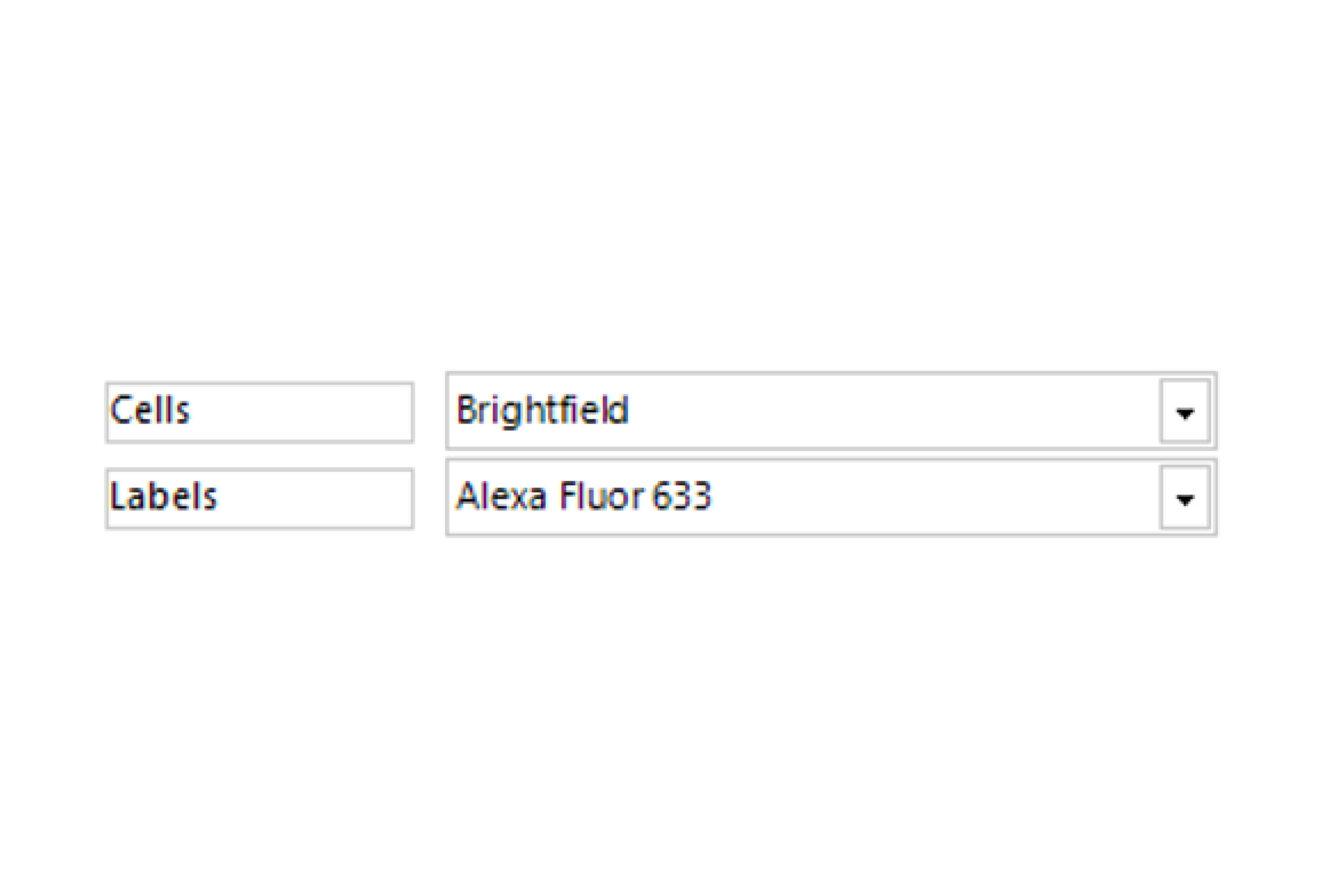
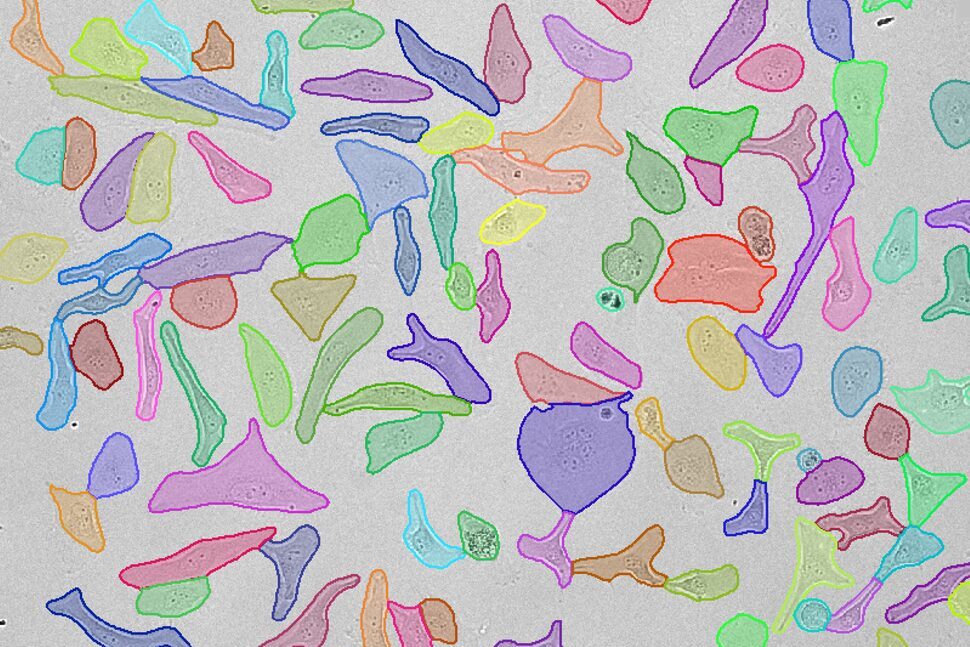
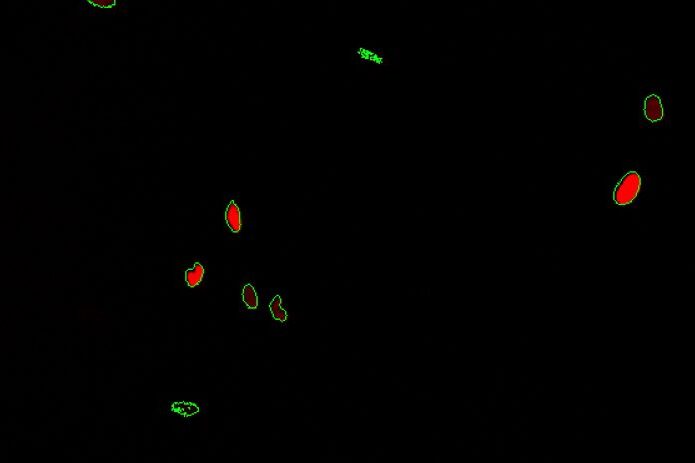
Select Channel
Select the channel that contains label free cells and the channel that contains a labeled recombinant protein.
Find Cells
Find cells with either a pre-trained deep learning model or machine learning.
Find Recombinant Protein
Find labeled recombinant protein with either machine learning or threshold segmentation.
Quantitative results
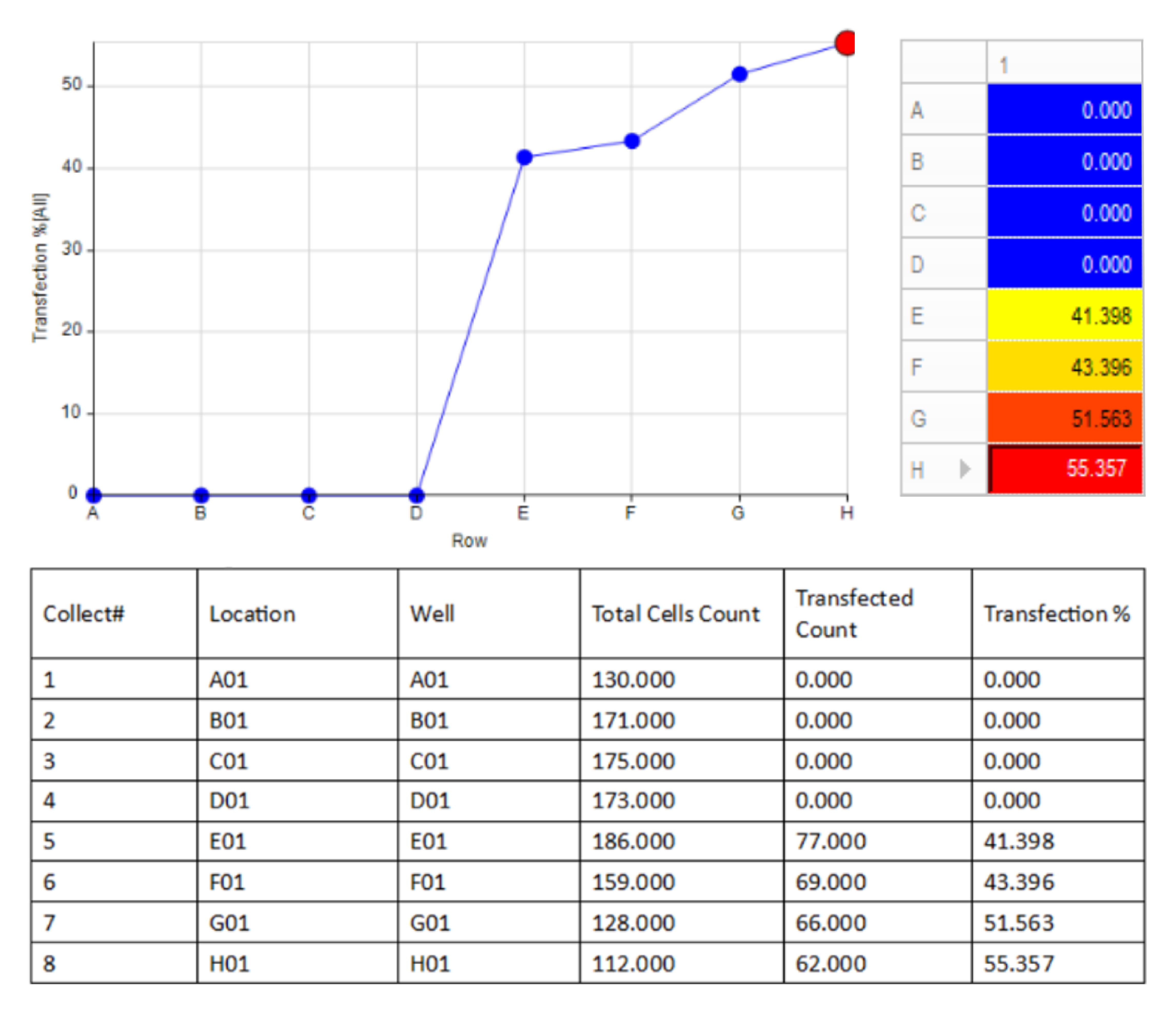
Automatically generate tables, heat maps, charts and even complex bespoke reports.
Measurement parameters supported
- • Cell Count
- • Transfected Count
- • Transfected Percentage
- • Custom user-defined measurements
Solution requirements
Required Modules
Base
2D Automated Analysis
Cell Biology Protocol Collection
Cell Transfection Protocol
AI Deep Learning
Life Science Models
Label Free Cells Model
Recommended Package
Literature spotlight
- Mahkota, K. (2015). Optimization of Transfection of Human Coxsackie and Adenovirus Receptor into Mammalian Cells Mediated by Liposomes-Base Gene Delivery. Life Science Journal, 12(5).
- Wang, W. S., Guo, F. J., Li, C. J., Zhang, Z. D., & Shi, C. H. (2014). Construction and verification of the targeted uPAshRNA lentiviral vector and evaluation of the transfection and silencing rate. Experimental and Therapeutic Medicine, 8(2), 435-441.
- Zhang, C. B., Cao, H. L., Li, Q., Tu, J., Guo, X., Liu, Z., & Zhang, D. (2013). Enhancement effect of ultrasound-induced microbubble cavitation on branched polyethylenimine-mediated VEGF165 transfection with varied N/P ratio. Ultrasound in medicine & biology, 39(1), 161-171.

